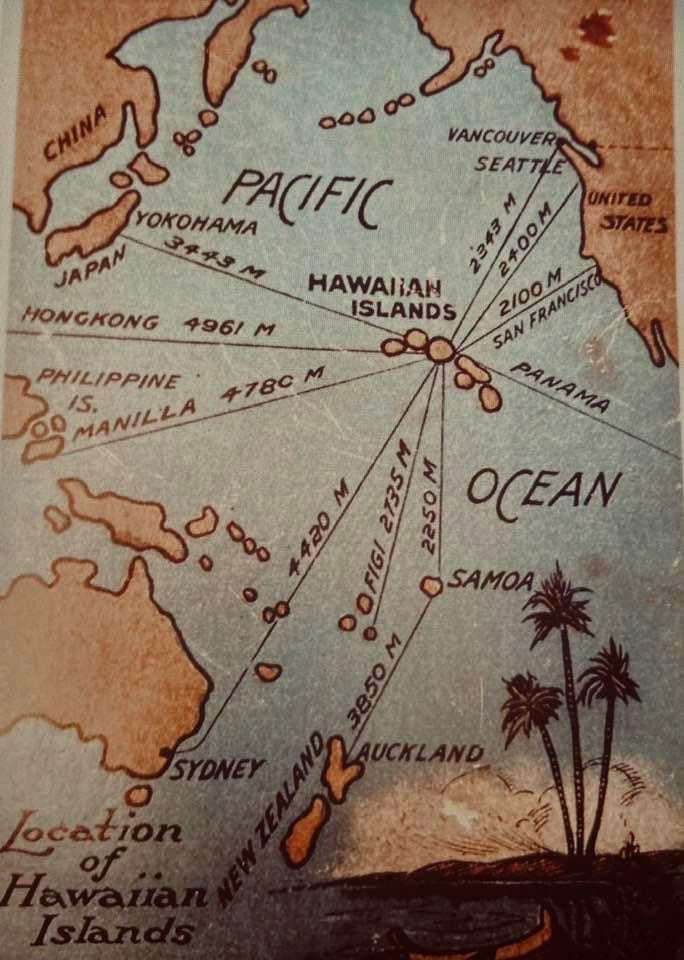
Surfing: A Brief History
Share
Surfing is a sport that has become synonymous with coastal life, but its history is still shrouded in mystery. It is believed that surfing has been practiced for thousands of years, with early depictions of surfing found in ancient cave paintings and carvings in Hawaii, Peru, and Polynesia. However, the early history of surfing is difficult to trace as it was an oral tradition and many of the stories have been lost over time.
One of the earliest documented accounts of surfing comes from Captain James Cook, who arrived in Hawaii in 1778. Cook described seeing the Hawaiian people riding waves on wooden boards, calling it "the most supreme pleasure." The Hawaiians believed that surfing was a sacred activity, and it was often accompanied by religious ceremonies and rituals.
It wasn't until the 1800s that surfing began to spread beyond Hawaii. In 1907, George Freeth, a Hawaiian surfer, introduced surfing to California, giving public demonstrations at Redondo Beach. Surfing's popularity grew quickly, and by the 1920s, surf clubs had formed in California, Hawaii, and Australia.
During the 1930s and 1940s, surfing continued to gain popularity in the United States, and surfboard design began to evolve. The early surfboards were made of solid wood and were extremely heavy, making them difficult to maneuver in the water. In the 1930s, Tom Blake introduced a new design that featured a lighter, hollow board with a fin on the bottom. This design made it easier to maneuver the board and ride the waves.
The 1950s saw a surge in surfing's popularity, with Hollywood films like "Gidget" and "Endless Summer" popularizing the sport. In 1964, the first World Surfing Championships were held in Australia, further cementing surfing's place as a legitimate sport.
Today, surfing is enjoyed all over the world, with millions of people participating in the sport. Surfboard design continues to evolve, with new materials and shapes being used to improve performance. Professional surfing competitions are held regularly, and surfers are now seen as athletes rather than just beach bums.
In conclusion, while the early history of surfing is somewhat mysterious, it is clear that the sport has a long and rich tradition. From its origins in Hawaii to its spread around the world, surfing has become an iconic symbol of coastal culture. With its blend of athleticism, artistry, and connection to nature, surfing will undoubtedly continue to capture the imaginations of people for generations to come.

